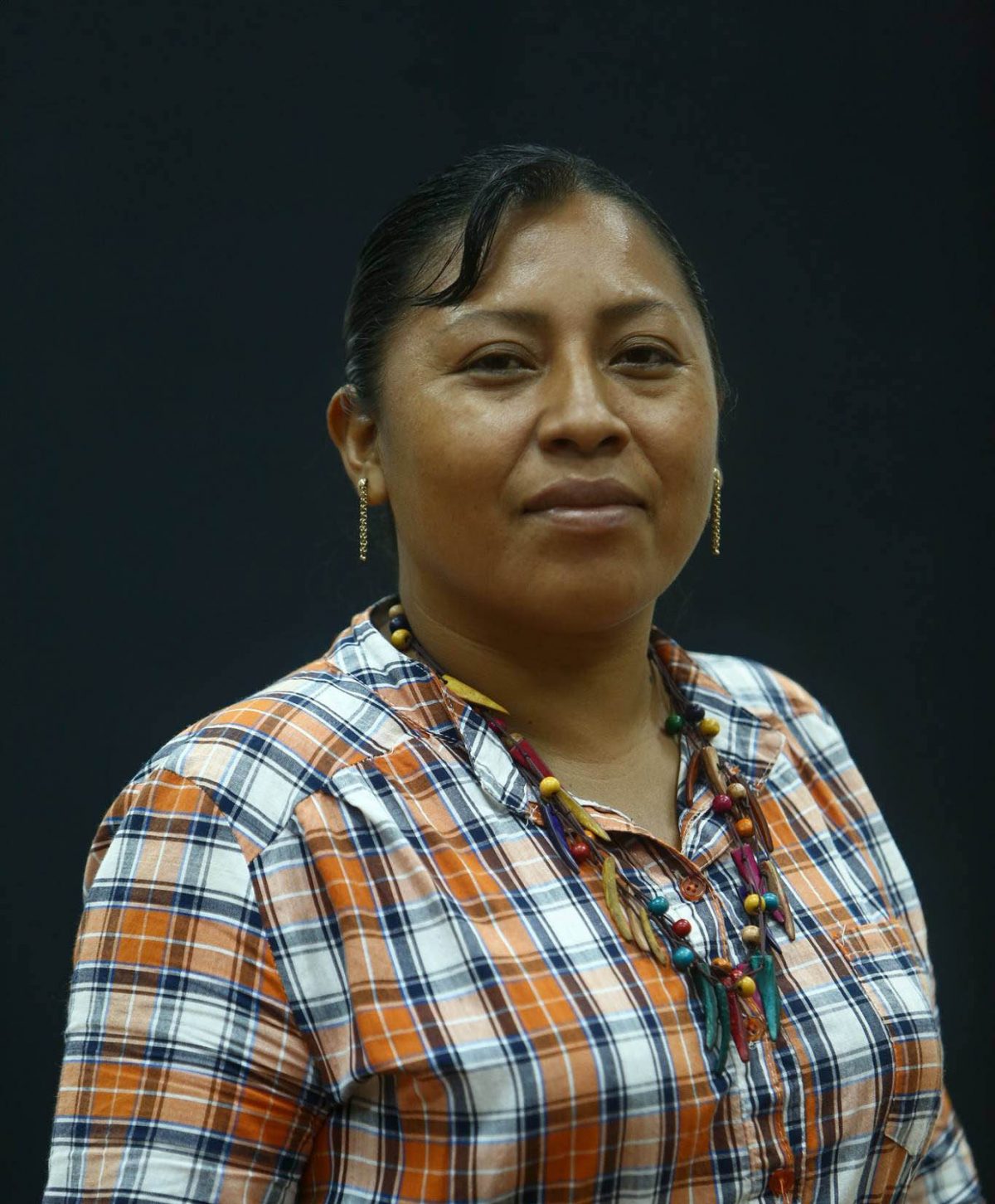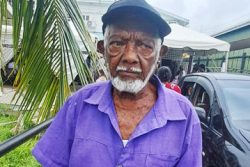Faced with a petition for her removal due to the disruption of mining activities, the toshao of Campbelltown, in Region Eight, has said the village council has acted on the guidance of the Guyana Geology and Mines Commission (GGMC), which found the operations unsafe.
Around 130 residents have since signed a petition seeking the removal of the Campbelltown Village Council based on the claim that it is denying them the right to carry out mining activities in the community.
According to a report on the Ministry of Amerindian Affairs (MoAA) Facebook page, Minister Pauline Sukhai met with around 200 residents of Campbelltown on October 12. They had requested an audience with her to raise issues regarding mining in the village. During that meeting, residents told Sukhai that the toshao has been denying them their right to conduct mining activities in the community and she is only allowing her friends, family, and foreign nationals, to operate without consulting the residents.
At the meeting, residents requested the intervention of the government, while claiming that their livelihoods were being threatened.
More than a week after the meeting, residents handed over a petition signed by over 130 residents of the community to Sukhai seeking the removal of Toshao Marbel Thomas, Deputy Toshao Samantha John, and the rest of the village council.
The Campbelltown Village Council is scheduled to meet with Sukhai and members of GGMC today. The community is the closest Indigenous community to the town of Mahdia.
According to the statement by the Ministry, the presenter of the petition, Earl Gildharie, claimed that the matter has affected over 900 persons and opined that the recent gold rush could be a major boost to the village economy once the villagers are allowed to operate.
“This move stemmed from the Toshao’s blunt refusal to allow villagers to conduct mining activities within the village, her constant abuse to residents who challenge her, and the lack of proper management and accountability by the council… The issue dates back since April 2018 when the village held its Toshao and Councilors election which was marred by several irregularities. The villagers proceeded to seek the intervention of the former Minister who failed to address the issue at that time. Today, the issue has escalated because of the recent ‘gold rush’ in the village; the Toshao has since instructed that the residents only be given one day per week to work in the mines,” the statement by MoAA read.
In relation to the petition, Sukhai stated that based on correspondence in the Ministry’s possession, it was established that the village council has been illegitimately installed and that the petition to remove the toshao and the village council will be reviewed. She also said that actions will be taken in keeping with the Amerindian Act of 2006, however, the village council will be given a chance to respond to the allegations levied against them.
“The ministry will examine the petition in detail and seek to address it in a manner that provides for natural justice and that is, to ensure that the Toshao is notified about the petition and the matters of the petition including the allegation of the council be improperly installed and we will take it from there,” the statement quoted Sukhai as saying. Sukhai is hoping to have the matter resolved by early November.
24/7
However, during an interview with Sunday Stabroek yesterday, Thomas said that she was yet to see the contents of the petition even though she had made a request to the Minister so that she could issue an official response.
She said from what she saw on the Ministry’s Facebook page, the allegation that she is not allowing the residents to conducting mining activities on village lands is completely false.
She explained that in mid-September there was a gold rush within the community and this brought many artisanal miners to the area who immediately started conducting mining activities. She noted that since then, these small-scale miners worked 24/7 until recently when the GGMC issued a cease order demanding that all mining activities in the community be stopped until the safety issues were resolved.
Thomas added that on the October 6, GGMC made its first official visit to the area where the gold was discovered. During its visit, she said, the GGMC officers conducted an inspection of the area and concluded that it was very unsafe to do mining in that specific area. In addition, she said, they were told that they had to make the area safer for people to do mining activities.
Based on the advice given by the GGMC officials, she said, the village council decided that they would do their best to make the area safe for the miners and so they held a meeting in the area and explained to the miners that they would have to stop working for 3 days so the area can be “fixed.”
“We said to them that they have to stop working for three days, both miners and punters, so that we can get the area fixed because GGMC had a concern about our safety. On those same three days, they were not happy because they felt like we were just shutting down and they cannot work anymore but that wasn’t it, we stopped for their own safety and after that we had to extend for 4 days because the excavator still did not finish his work,” she said.
After the additional four days were over, Thomas added, they told residents that they will reopen the area to both large-scale and artisanal miners. However, she said, the area was not yet in keeping with GGMC’s safety standards so they told the artisanal miners that they will be given 2 days per week to do their mining activities while the large-scale miners will have to completely cease operations. In addition, she said, residents were given priority while non-residents will have to wait until the villagers are finished.
“Some residents are not happy with our decisions because they still want to go all day and all night, which is not safe especially during the night when they [small-scale miners] have to go through these tunnels to get gold. The tunnels can cave in and they can get covered with the mud. And besides there are no proper lighting in the area at nights and so myself and the village council used to have to be working shifts both night and day to make sure the order is put in place in the backdam. The night works were the ones that was the hardest because even though we said they can work from 6 in the morning to 6 in the evening, the miners are refusing to do so,” she said.
Their refusal to adhere to the rules set by the village council eventually prompted the village council to allow residents to mine past 6 pm. Regardless, Thomas said, they continued to monitor the area and tried their best to ensure that rules are followed even as the tunnels get deeper. When she is in the area, the Toshao said, people are not there but as soon as she returns home around 2 am in the morning, the small scale miners would return and do what they have to do. “So to say that the residents are not allowed to mine is a false information,” she added.
Mining activities in Campbelltown started in the mid-nineties.
Thomas said that since then the community’s mining system has improved and the village has been working closely with GGMC. She said that in order for a miner to get permission to mine in the areas with dredges, they have to get a mining permit, a dredge licence and other necessary documents.
“Once they are not licensed we will not do any other further transaction with them,’ she said.
When a miner presents the necessary documents to the village council, she added, that miner will be interviewed and depending on the responses to questions asked by the village council and the availability of the land, the miner would be granted a mining contract which will have to be renewed every three or six months depending on the timeframe stated in the contract.
If a contract is approved it will be signed by the village council and the miner and a copy of the contract is sent to GGMC.
She disclosed that there are only 12 miners with dredges that do mining in the community. Of the 12, eight are females and 4 are men. Eleven of them are residents while one is a non-resident. She said these miners are required to pay their royalty fees and if this is not done, their contracts are not renewed.
Thomas noted that residents have always been mining and do not need to pay royalties.






